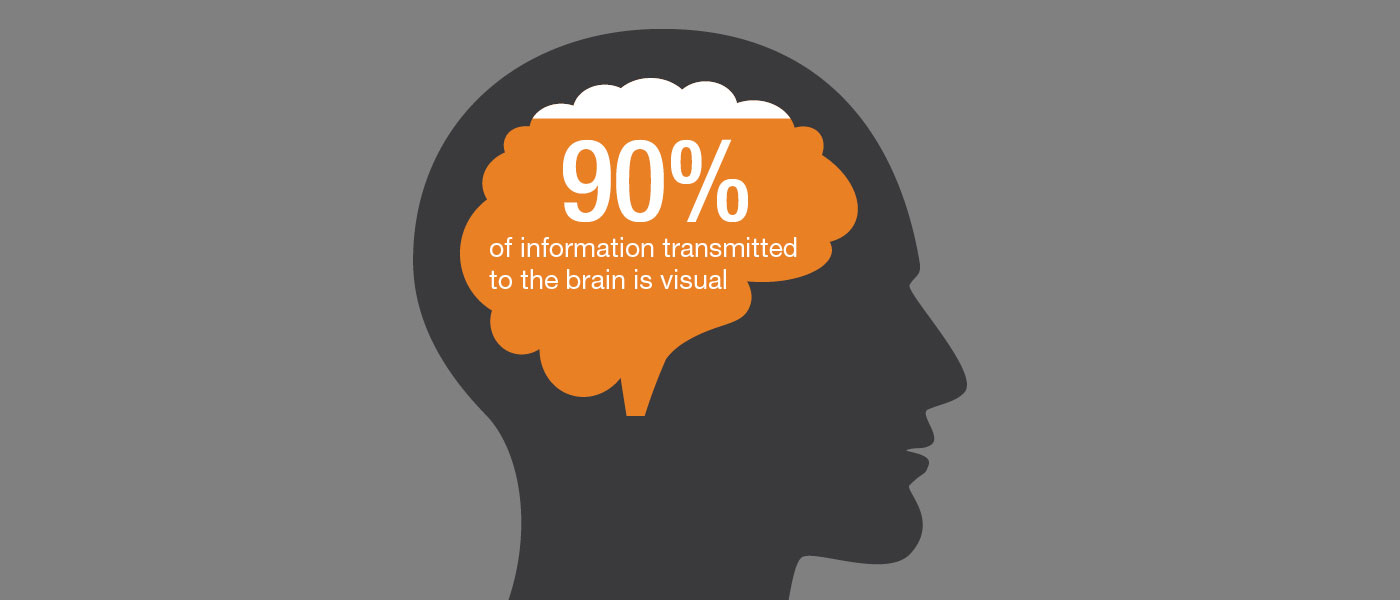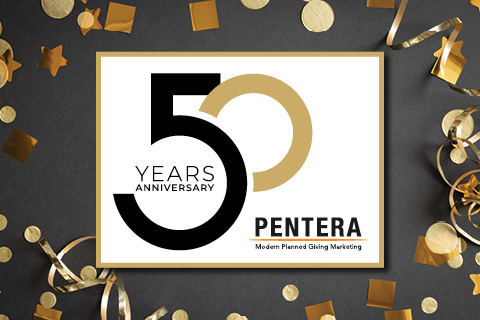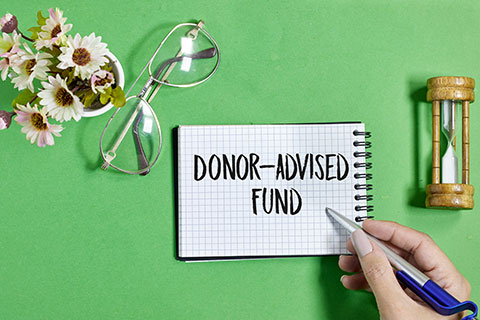
The Pentera Blog
How to Make Your Marketing Materials More Visually Appealing—And Increase Readership
A newspaper editor friend tells a story from early in her career about working with a graphic designer who strenuously objected to the editor's plan to run a small photograph with a long feature story. "This is a great story, and I don't want to have to cut it!" the editor told the designer. The designer replied, "How great is the story if nobody reads it?"
The thunderstruck editor cut the story and enlarged the photograph. Lesson learned.
The same lesson applies to planned giving marketing materials. Research shows that 90% of the information transmitted to the brain is visual. We live in a visual world, and readers are only going to read stories that they are attracted to—and that means compelling photographs and headlines. One element of compelling is size: It's a fact that a large photograph is going to draw more eyes than a small photograph.
Readership studies have shown that readers typically look first at the photograph on a page, then the headline, then blown-up quotes and the captions under pictures before actually beginning to read the story.
- Select and locate photographs strategically
Readers will follow the eye-gaze of the person in a photograph. Use this to your advantage and have the person gazing at an item on the page you want to call attention to (usually the story that goes with the photograph). Avoid having a person looking off the page because that is the direction the reader's eye will go: off the page and seldom to return. - Write engaging headlines and captions
Newspapers and magazines have long understood the power of captivating headlines. Planned giving marketing headlines and captions need to be compelling enough to get your reader's attention without generating negative feelings. Use action verbs, interesting adjectives, and specific references: "Jane Jones Expresses Her Gratitude with Significant Bequest to Our Organization" is a thousand times better than "Donor Makes Gift"—a headline we have actually seen. - Use quotes and blocks of text in a larger size
You catch the reader's eye with quotes and brief text in a larger size (known as "call-outs," "pull-quotes," "quote-blocks," or "readouts"). When you have a compelling quote or block of text, "call it out" and blow it up on the page! Readers see that compelling quote and think, "This person is interesting," so they want to read more—and actually turn to the story itself. - Break up text with arrows, bullets, and numbering
Have arrows or other graphic elements that point to a concept you would like to draw attention to. Bullets and numbering help break up otherwise complex text into lists so that it is more readily understood and is more visually appealing. For most readers, lists are easier to absorb than text explanations. Readers will stick with far more text if it is broken up into small pieces.
Make sure your visuals measure up. You don't want to make the same mistake as that young newspaper editor and lose your readers before they have an opportunity to learn why your organization and its mission deserve their attention.
Pentera's professional design department makes sure our clients' materials are visually appealing. For additional planned giving marketing best practices, please visit our Web site at www.pentera.com, e-mail info@pentera.com, or call us at 317-875-0910, x251.


